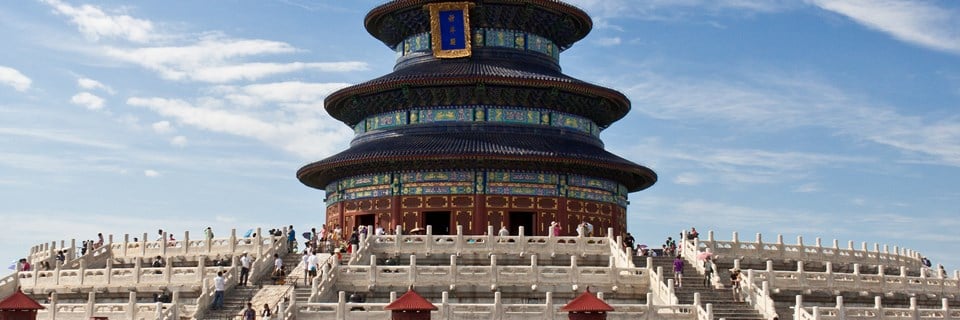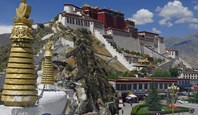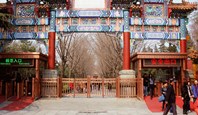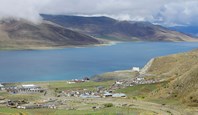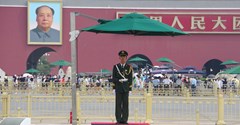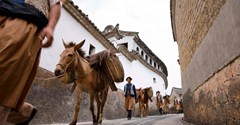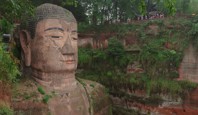
There is no better way to understand China's varied religious beliefs and its complex and tumultuous dynastic past, than by visiting its glorious temples, palaces and monasteries.
In the capital Beijing we find the Temple of Heaven, first built in the 15th century by the Ming Dynasty and one of the most important imperial temples in all of China. The emperor, seen as a conduit between heaven and earth, would come here, specifically to the lavishly ornate Temple of Good Harvest, each new year to offer sacrifices and pray for a favourable harvest. Set in a large public park, surrounded by ancient cypress trees, this immense collection of 92 religious buildings is considered by UNESCO "a masterpiece of architecture and landscape design" and exploring the site gives you the opportunity to learn more about Chinese philosophical beliefs, cosmogony, art, dynastic politics and sacrificial rituals.
Also in Beijing is the architecturally stunning Yonghe Temple (or Lama Temple), the largest Tibetan Buddhist temple outside of Tibet. Spread out over 16 acres, it is remarkable for its extravagant archways, intricate statues and colourful tiling. Next to this is the Confucius Temple, for an entirely different perspective on Chinese religious beliefs.
The sacred Potala Palace sits in the high altitude Tibetan capital Lhasa, built as the administrative centre for Tibet and winter home to ten Dalai Lama's, up until the exile of the current incumbent to India in 1959. The complex, which includes the Red and White Palaces, has come to symbolise the tumultuous history of Tibet, suffering through the Tibetan uprising of 1959 and the Cultural Revolution of 1966. The summer residence of the Dalai Lama was Norbulingka, an administrative and religious centre, built amongst lush parkland on the banks of the Lhasa River, just to the west of Potala Palace.
Lhasa radiates out from the Jokhang temple, the centre of both the city and the Tibetan world. It is the most important pilgrimage site in the region, with devotees seen walking or prostrating themselves in a clockwise direction around the circular Barkor Street, which surrounds the temple. The colourful temple is decorated inside by magnificent murals and artwork, telling tales of important historical and religious events.
In the north of Lhasa is the Sera Monastery, one the best preserved in Tibet and renowned for the lively afternoon debates conducted by its monks. In Tibet's second city Shigaste is the Tashi Lhunpo Monastery and its huge 26 metre tall Maitreya Buddha statue.
A couple of hours out of the city of Chengdu is the extraordinary Giant Buddha of Leshan, carved out of the cliff-face of Xijuo Peak during the course of 90 years and finished in 803. It overlooks the confluence of three rivers and is the largest Buddha in the world. Closeby is Mount Emei, one of four sacred Buddhist mountains in China, home to a huge collection of temples and monsateries.
Explore some of our favourite holidays
Suggestions & Recommendations
Choose your perfect holiday
Find inspiration from our selection of itinerary suggestions, a great starting point for your next trip
View More Tours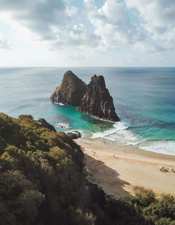
Stay in touch
Infuse your travels, with inspiration from our monthly newsletter.
READY - 20 April 2024
LANDMARK TOURS: Multi-Country & Cross Continent. New Cosmopolitan Tour: Buenos Aires, Iguazu, Rio
CHINA & INDIA: Local Life, People & Unique Cultures
GUIDES by Veloso Tours, are the best Local Hosts
PRIVATE VILLAS: Quality Time in exclusive settings
TRAVEL INSURANCE with extensive COVID-19 cover
